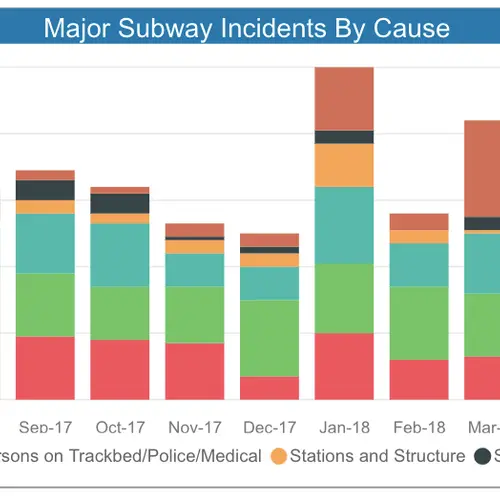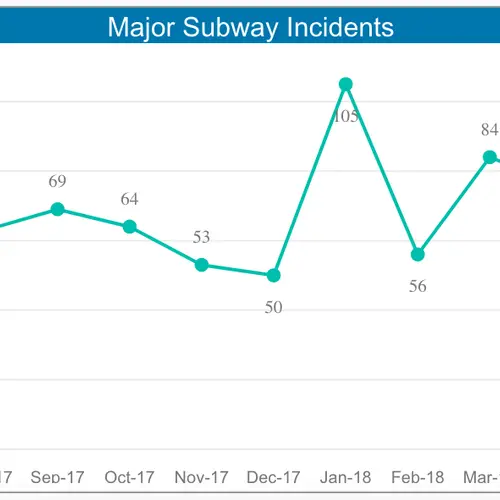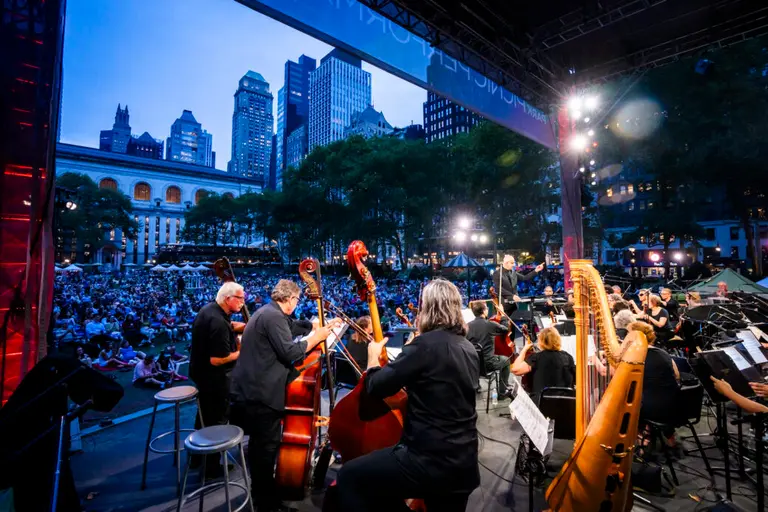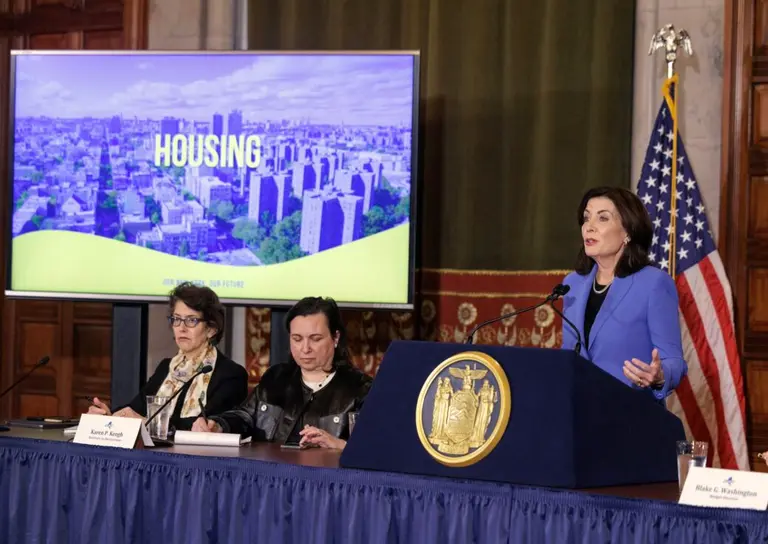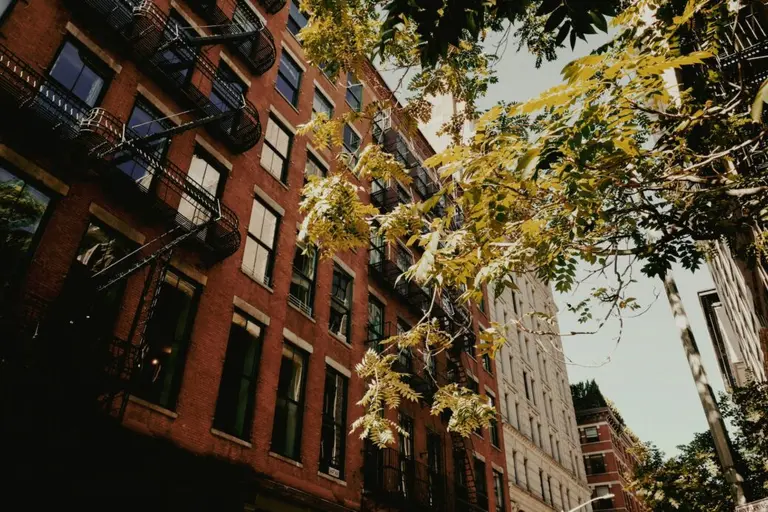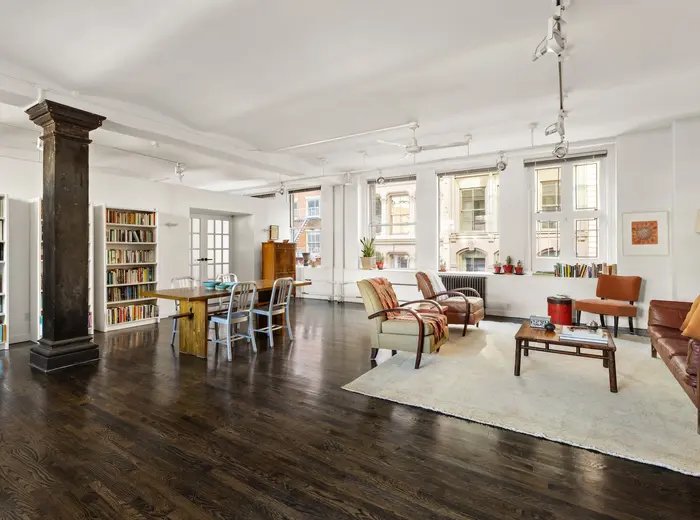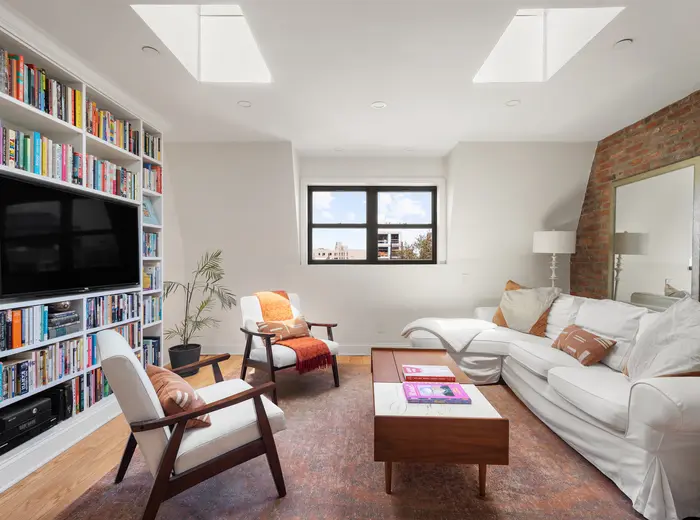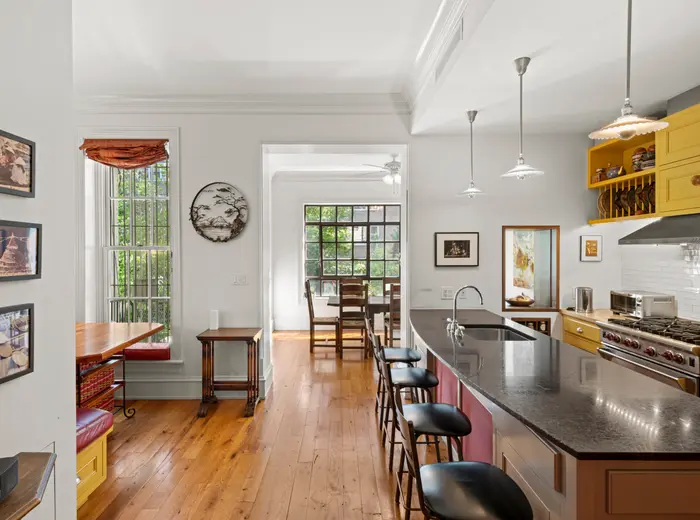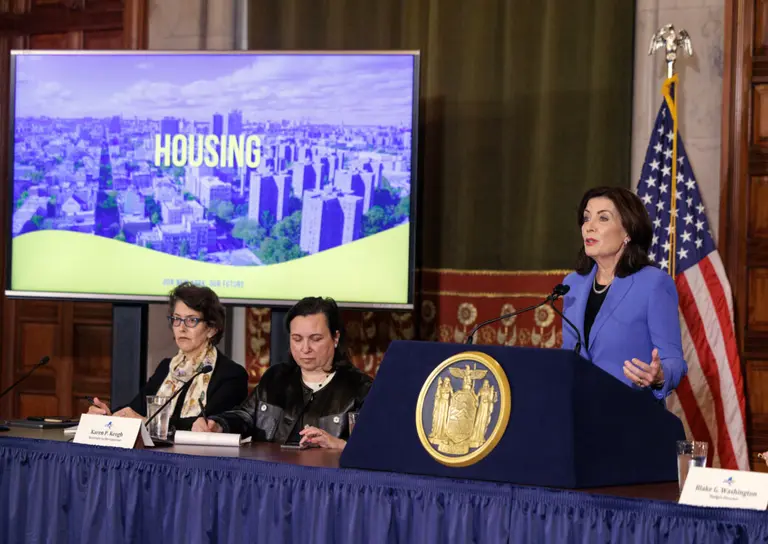One year and $300M in repairs later, on-time subway rates are still awful
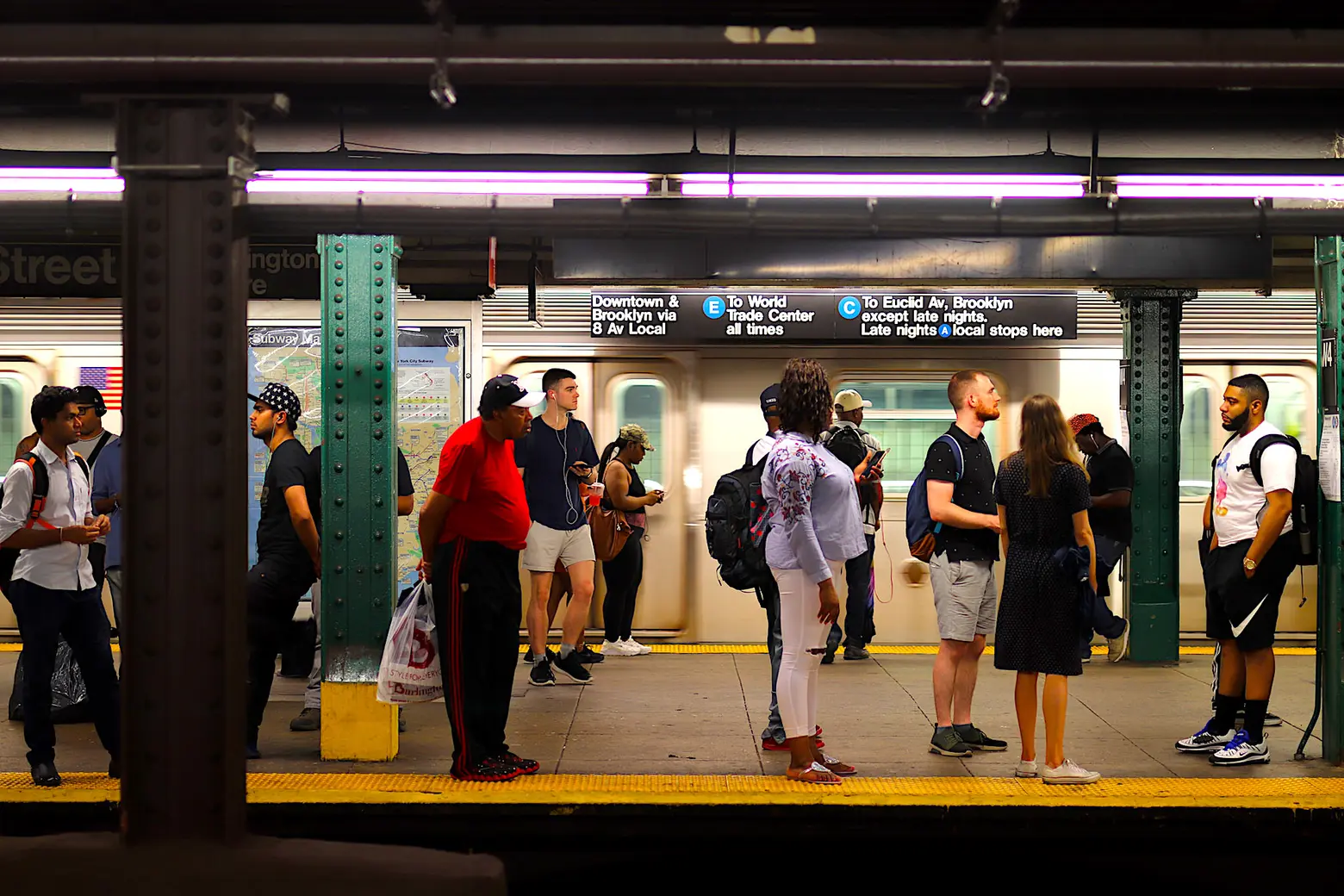
Photo via rhythmicdiaspora on Flickr
Despite spending over $300 million on system repairs over the last year, the New York City subway is showing little improvement, with its on-time rate just around 65 percent during the weekday, the New York Times reported. Last summer, after a train derailed at 125th street and left 30 people injured, Gov. Andrew Cuomo declared a state of emergency for the Metropolitan Transportation Authority. And while the MTA and its chair, Joseph Lhota, unveiled an $800 million action plan to fix the subway, and new NYC Transit Chief Andy Byford later laid out an aggressive plan to modernize the system, the subway’s “summer of hell” seems far from over.
Out of the $836 million allocated for fixing the system, officials have spent roughly $333 million, with some funding going toward hiring 1,100 additional workers. About $253 million has gone toward operating costs and $79 million has been spent on capital spending.
In the last year, officials say 1,500 leaks have been grouted, more than 240 miles of drains have been cleaned of debris and more than 10,000 track defects have been repaired. The subway doors on more than 6,000 cars have been inspected.
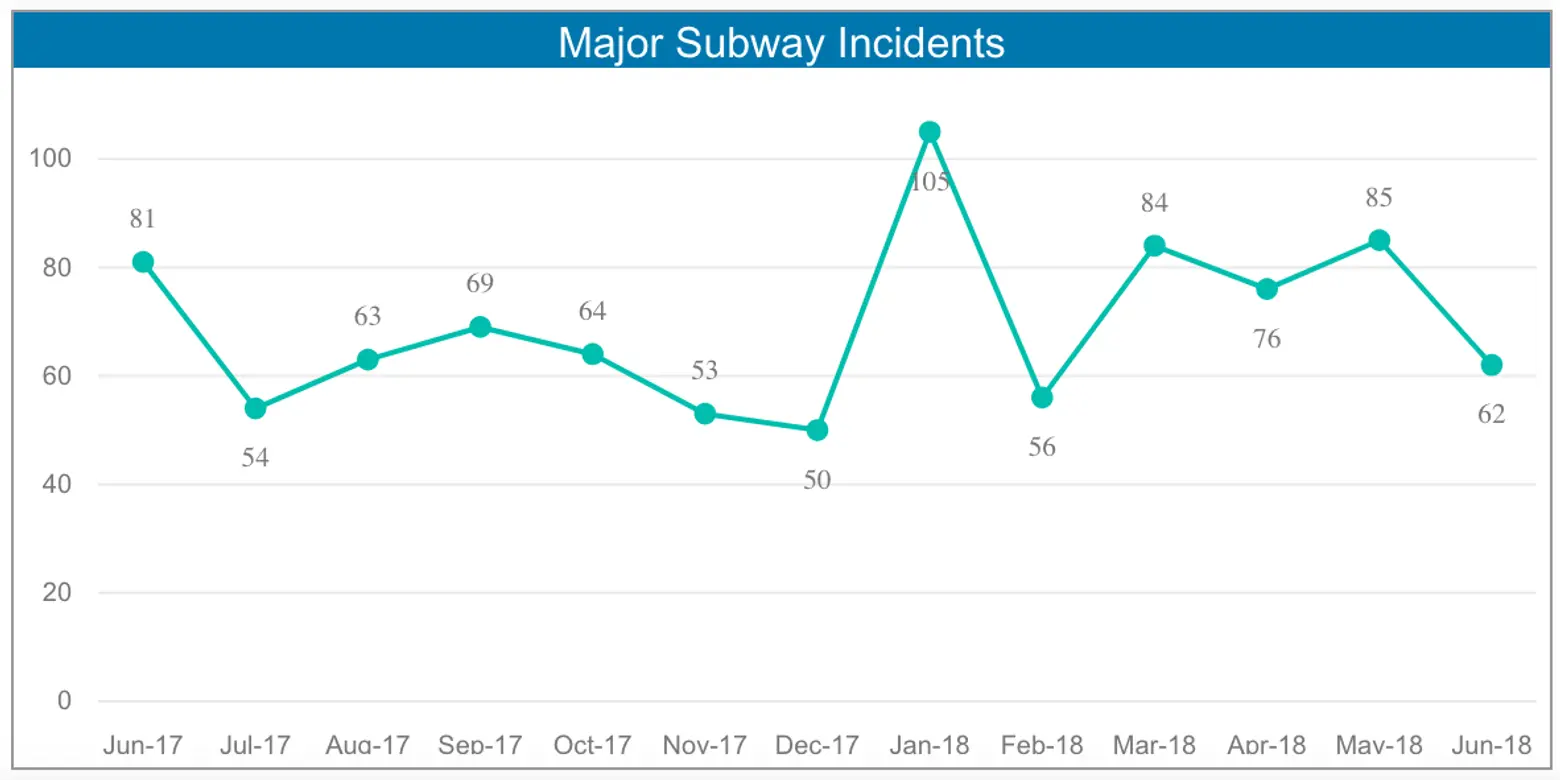
Via MTA Subway Performance Metrics Dashboard
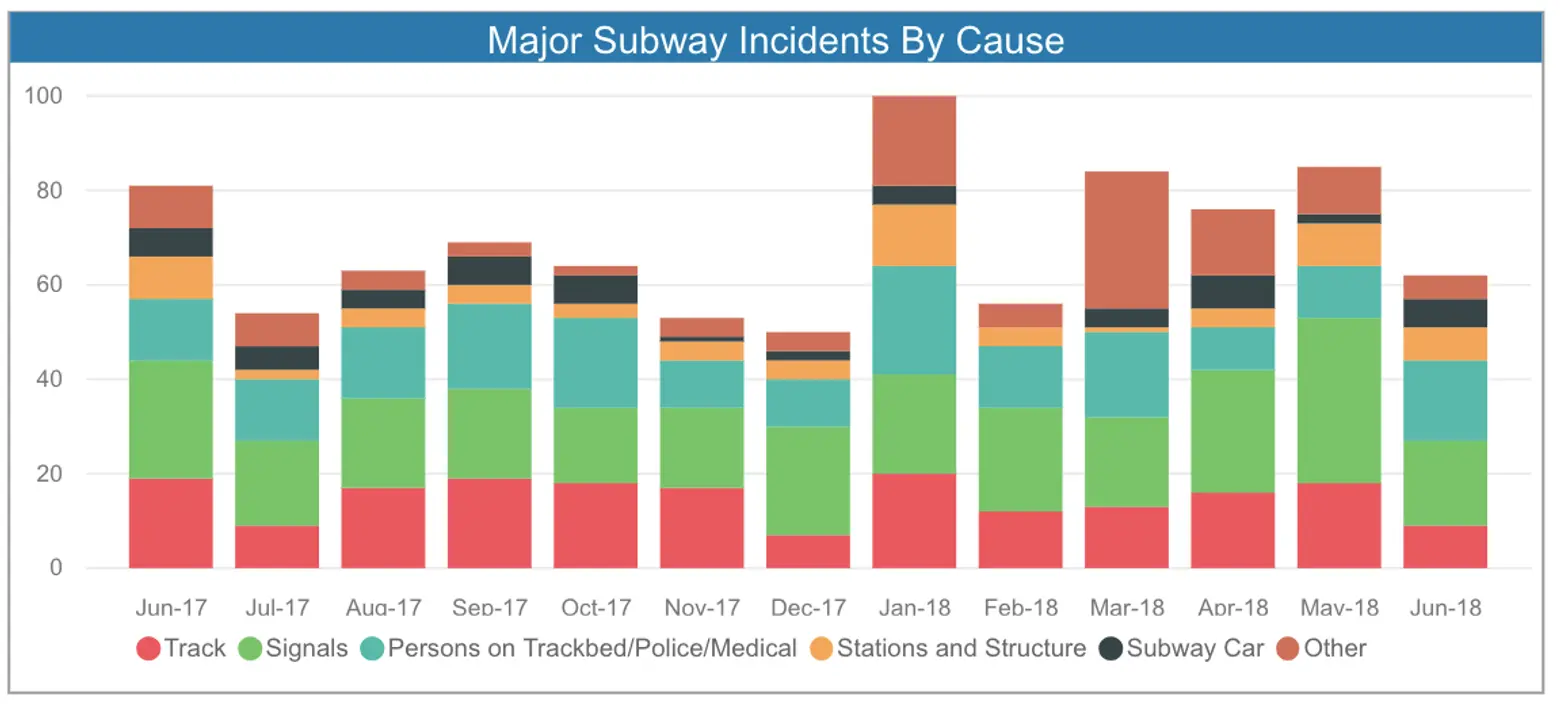
Via MTA Subway Performance Metrics Dashboard
And there has been some improvement. While there was a spike in major subway incidents in May 2018, with 85 compared to 75 the year prior, June saw just 62 incidents. Plus, the on-time, weekday rate rose to 68 percent in June, from about 62 percent last June.
But this minor progress has not felt yet by commuters, as the subways’ 1930s-era signals create delays that ripple throughout the entire system. The percentage of cars in operation for more than 40 years jumped from 4 to 16 percent.
According to the WSJ, the mean distance between subway car failures has improved by 3.6 percent after the action plan was released last year, but it still falls more than 37,000 miles under the MTA standard.
In May, Byford and the MTA released a “Fast Forward” plan to equip the system with a new state-of-the-art signal system and a new fare payment system within the next ten years, a proposal previously estimated to take 50 years. While the plan has been estimated to cost around $37 billion, the MTA has not released an official cost estimate yet.
[Via NY Times]
RELATED:
